Traveling the world can be added into a lot of global goals to improve the learning experience; with the assistance of VR traversing the world becomes easy. Exposure to more parts of the world can dramatically help with education towards SDG 14, Life Below Water. VR and its ability to connect with and tour areas of the world without having to go there physically allows for a more interactive and immersive learning experience.
Thanks to computers and advancements in technology we are able to connect with people through applications like Skype and through this we can talk with experts from around the world and connect with different communities. The ability to connect to others also allows for a greater number of people working towards one goal.
There are resources for educating those on Global Goals and they provide a lot of good information in the forms of videos, PDFs, and classroom activities, however, I think that VR can greatly improve the learning experience of SDG 14 by putting people in the underwater world. By giving this experience we can see different species of marine life, ranging from animals to plants, and go on to learn about their importance. VR gives a more personal experience to learning in my opinion. Instead of students recalling that they looked at a fish, or cephalopod, or the coral reef, in a textbook, they can instead recall the time they were transported to the ocean and got to witness how these organisms lived.

Youtube 360 Videos are a great way to implement learning about SDG 14 with VR. These videos allow the viewer to take control of what they are looking at. It is an incredible experience to spin around in the depths of the ocean. Thanks to the videographers and cameras used to capture the footage it feels like you are actually down in the waters exploring by yourself. A video I liked was, 360° Underwater National Park by National Geographic; this video explores the ocean, showing the coral and sea turtles around Buck Island, the first American protected marine monument.
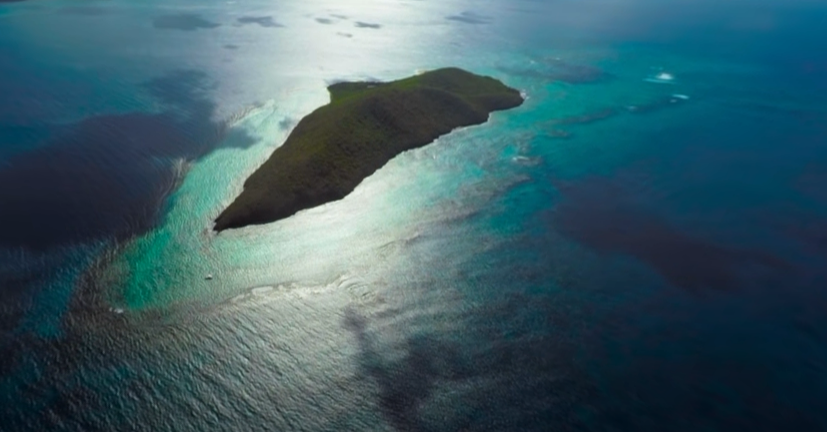
Journey Into the Deep Sea – VR, is another video from national geographic that allows for 360° control as you learn about the Coral Reef and its importance to the ocean ecosystem. The video talks about the Coral Bleeching that happened in 2016 and emphasizes how important the Reef is and how protecting the ocean is a global movement.
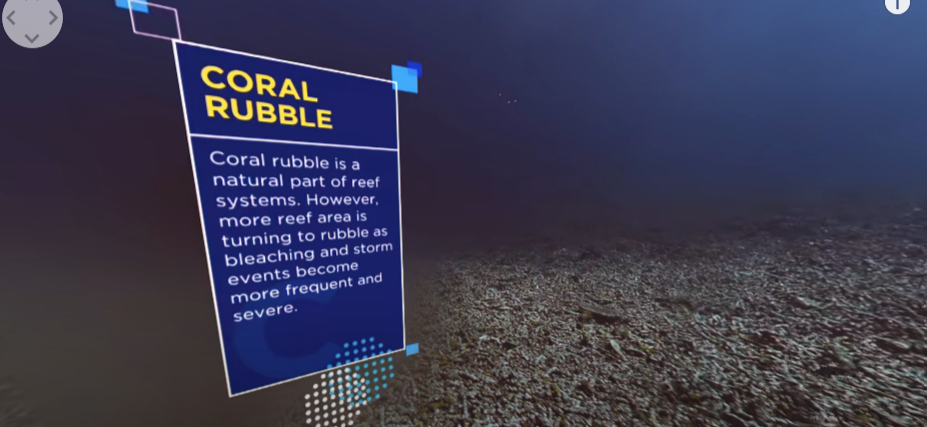
Another Video that I liked was Swimming with Giants 360. This video from, the American Museum of Natural History, put you in the middle of the ocean and has a variety of animal swim by as you look around and follow where they go.
360° Sea Plastic is a video from, the Jetlagged – Ocean Films and Adventures, about ocean pollution. In it they talked about the fragile ocean ecosystem and how it was created to be perfectly balanced. Now the production of plastic has increased, causing an equal increase in plastic waste, that unfortunately, ends up in our water and that puts the ecosystem in danger. This video shines a light on the grim reality of the plastic problem and how we need to band together in order to make a difference. I think this video is great for showing a real problem the oceans and water ways face by putting the viewer in areas where the improper disposal of plastic waste is negatively impacting some communities.
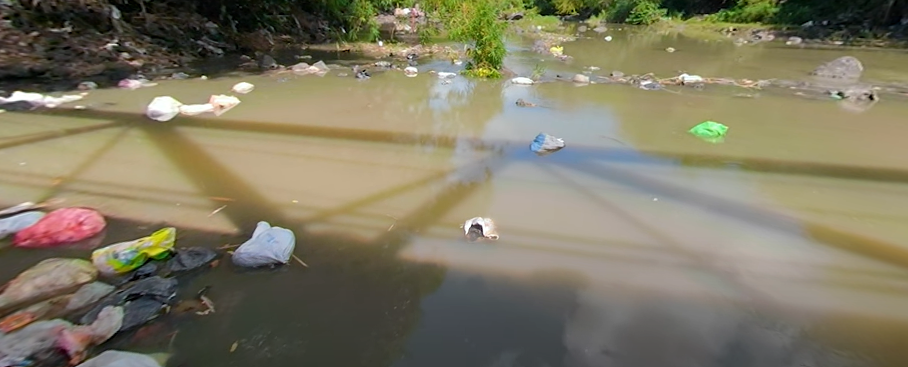
I found the National Marine Sanctuaries website while looking into VR technology and how it can be applied to teach about Ocean life. When you get to the website your able to select Education under the Learn tab. This leads to even more choices and gives resources to teachers and students. One in particular is a link to 360° virtual reality lessons.
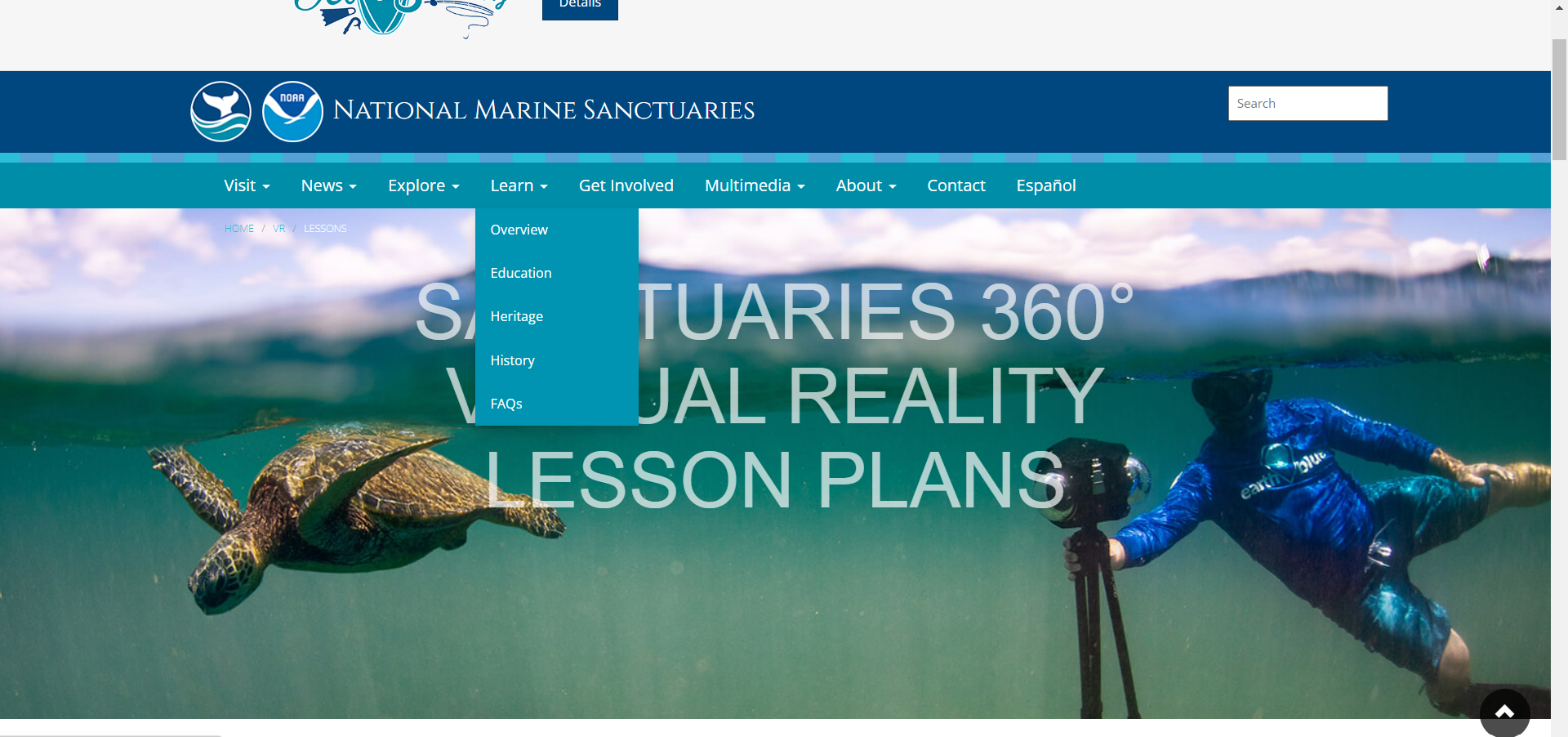

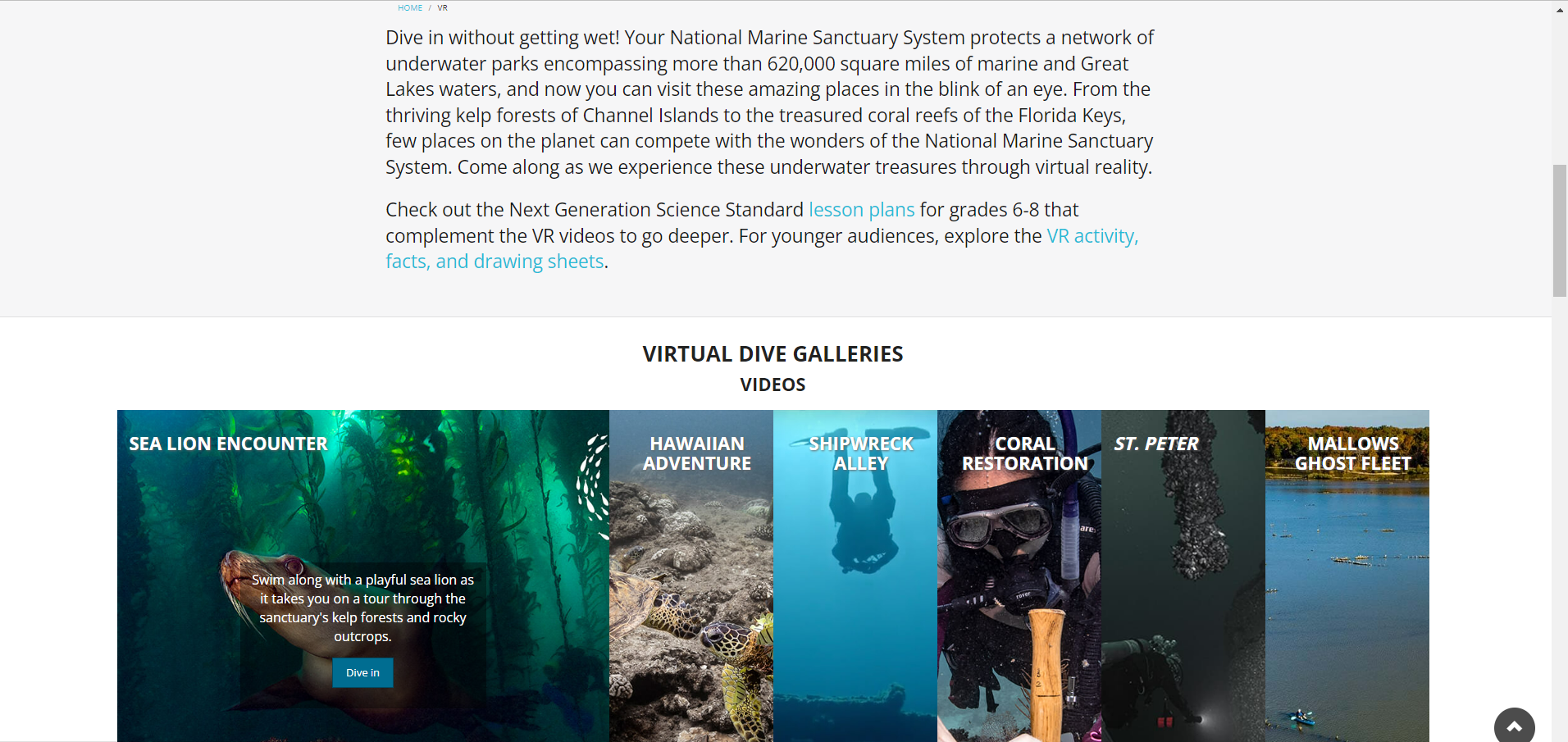
Each of the six 360 video that are offered is around three to four minutes long. There are also 360 pictures that the website offers; these pictures are of different bays and coast and other areas of the ocean. They are not partnered with the lesson plans, but the images are beautiful, give small sentences to inform the viewer about what they are seeing, and worth checking out in my opinion. After watching the video and learning about different areas of the ocean or the animals that inhabit it, the lesson plan can be used. The lesson plan below is paired with a 360 video about sea lions. The lesson features discussions about the environment the animals live in, different plants in the area, and the different adaptations the animals needed to survive in the cold waters.
After learned about the sea lions and how they live in cold water student will participate in an experiment that demonstrates how insulation works. Using two jars on hot water, one will be insulated with materials that students brainstorm about using. After they come up with ideas and run their experiment, they given time to discuss their finding with their group and the class.
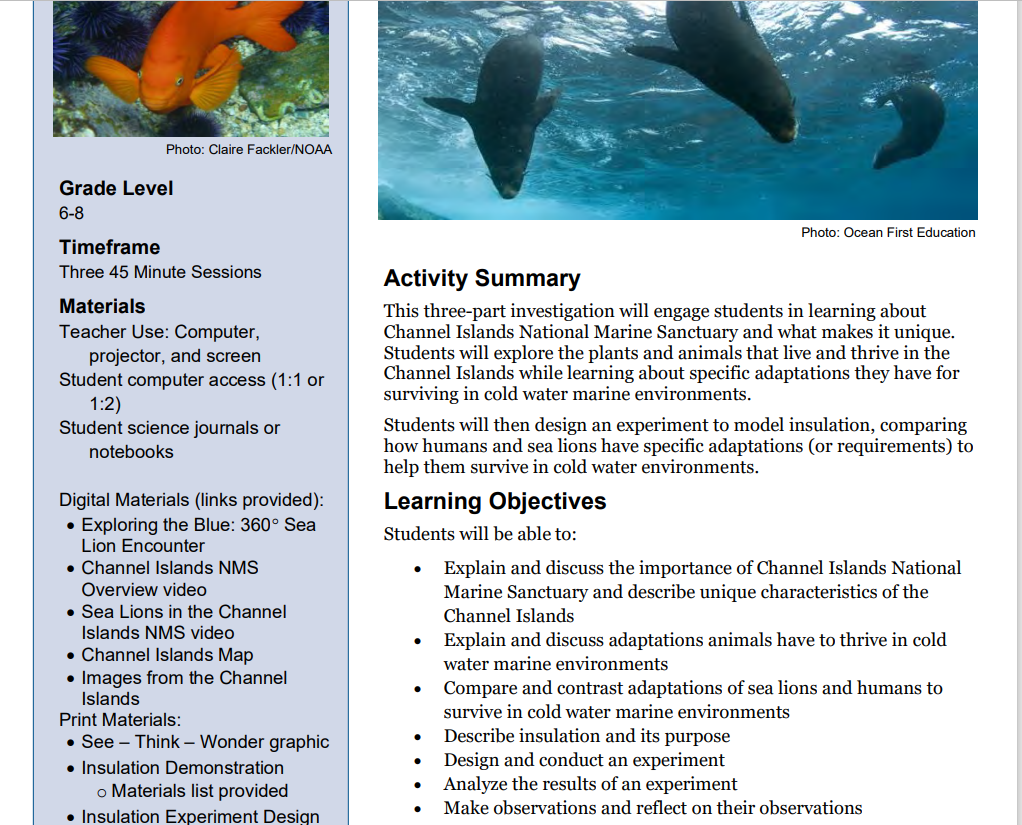
The 360° videos offered on YouTube are amazing and I really loved my experience with them. I think they can add a lot to any educational experience by allowing learners to get closer to the topics at hand. The National Geographic YouTube channel has a lot of these 360° videos and the topics are varied. The National Marine Sanctuaries website took the 360 videos a step further by adding their own lesson plans and activities to give students and teachers and deeper understand of what they just watched. In an article from Structural Learning.com, they explain that VR in education offers students immersive environments to practices their skills in scenarios that are controlled. The use of VR also enhances the learning experience by increasing engagement and retention of information; this happens because the student is experiencing what they are learning about instead of hearing about it. The medium of VR and 360 videos also allow learners to be put into all types of situations, allowing for deeper emotional connections with the source material and developing empathy by taking someone else’s perspective. A perfect example of this is when I was watching the 360° Sea Plastic video. Beaches near me are pretty clean but, I was put into an area where they water ways were filled with trash and I was upset by what the plastic trash was doing to the environment. I’m personally looking forward to the watching 360 videos get better and better and seeing how they can be implemented to enhance education.